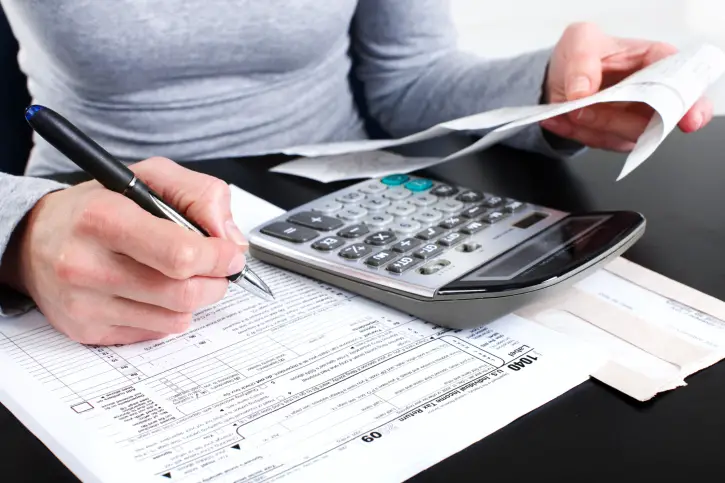In his latest Finance on Friday column for Altrincham Today, Joel Adams from LIFT-Financial looks at some perfectly legal ways to reduce your tax bill.
It is said that there are only two certainties in life: death and taxes. Advances in medical technology keep us all alive longer, but actually one of the consequences of this is that we will all pay more tax as a result, simply because we are around longer!
There are however many perfectly legal ways to reduce the amount of tax we pay.
The annual ISA allowance is currently £15,000, so you can invest £30,000 between you if you are married or in a civil partnership. You can also now invest all of your ISA allowance in cash, so if you have money on deposit this is a good way to save tax as interest paid on cash ISA accounts is completely tax free. Some National Savings products can be used to help save tax on lower risk investments. You can also consider switching deposits into the name of your spouse or civil partner if they pay income tax at a lower rate than you to help your family save tax.
Pension funds are a good way to help pay less tax – you can still get tax relief at your highest marginal rate on contributions of up to £40,000 a year and, if you haven’t used all of your allowance in previous years, you can carry unused allowances forward for up to three years to make a more substantial contribution.
Once the money is invested in a pension fund it grows (largely) tax-free and when you get to retirement up to 25% of the fund can be paid out as a tax-free lump sum. If you die before retirement, the full value of your fund will usually be paid to your nominated beneficiaries, outside of your estate for inheritance tax purposes.
You don’t have to earn millions to reduce the amount of tax that you pay
”Joel
Once you have used these basic financial planning building blocks there are still other allowances that can help you save even more tax. The Enterprise Investment Scheme (EIS) is a set of statutory tax reliefs which are given to people who are investing in certain types of businesses.
When you make an EIS qualifying investment you get 30% back in income tax relief (limited by the tax that you pay) on an investment of up to £1m. You can also roll over any capital gains you may have made on other assets into the investment and defer having to pay tax on the gain, thereby saving you up to another 28% in capital gains tax.
Some people are reluctant to make these types of investment because they can be high risk. However, most EIS investments will also allow you to claim “loss relief” on any losses incurred, saving you up to a further 31.5% in tax if the investment fails (the actual rate of loss relief depends on the rate of income tax that you pay).
You don’t have to be a mathematician to see that the combined tax reliefs add up to 89.5% of the investment if things go wrong – making a higher risk investment where you get 100% of the upside (where any gains would also be tax free, by the way!) and only 10.5% of the downside obviously seems like a good trade.
You do however have to be careful to make sure you aren’t led by the tax benefits and that the underlying investments are suitable for you, given your financial objectives, tolerance to risk and capacity for loss. They certainly aren’t for everyone, but they are an altogether less provocative way to keep money out of the tax man’s pocket than some of the higher profile, risky schemes which have been used by celebrities to try and save tax.
The point is that you don’t have to earn millions, or take significant risks in order to reduce the amount of tax that you pay.
Whatever you do, make sure you take advice from a suitably qualified professional if you need help with this – you may have to pay fees for advice, but in many cases the tax savings you can make would outweigh them many times over.









